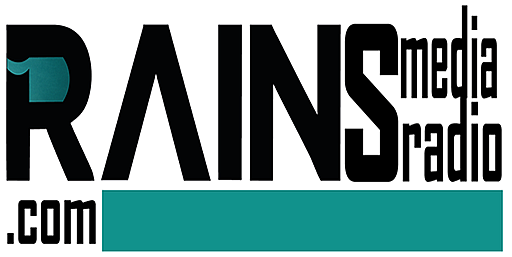Iran’s Foreign Ministry declared on May 2, 2025, that it would not alter its nuclear or regional policies despite intensified U.S. sanctions and threats from President Donald Trump.
Speaking in Tehran, spokesperson Esmaeil Baghaei rejected negotiations under pressure, citing Iran’s enrichment of uranium to 60%, close to the 90% weapons-grade threshold. The stance follows Trump’s April 30 warning of “severe consequences” if Iran advances its program, with 10,000 U.S. troops deployed to the Gulf and $5 billion in naval assets positioned.
Sanctions, reimposed in January, cut Iran’s oil exports by 50% to 700,000 barrels daily, costing $20 billion annually. The U.S. targeted 200 entities, freezing $10 billion in Iranian assets, while 30% inflation and 40% currency devaluation strain Iran’s 89 million citizens. Tehran, maintaining 5,000 centrifuges, insists its program is peaceful, but 2024 IAEA reports flagged 2,000 kilograms of enriched uranium, enough for three warheads. Iran’s support for Hezbollah and Houthi proxies, costing $1 billion yearly, further escalates tensions, with 15 U.S. strikes on Houthi targets since March.
Trump’s threats, backed by 70% of Republican voters in a 2025 Pew poll, contrast with Europe’s push for diplomacy, as France and Germany offered $2 billion in trade incentives. Iran’s 2021 JCPOA talks, stalled since 2022, saw 80% of delegates reject U.S. preconditions.
Hardliner President Ebrahim Raisi, facing 60% domestic disapproval, vowed to bolster defenses, with $3 billion for missile upgrades. The deadlock risks 20% higher oil prices globally, impacting 90 million barrels daily, and underscores Iran’s defiance against 45 years of U.S. sanctions.


